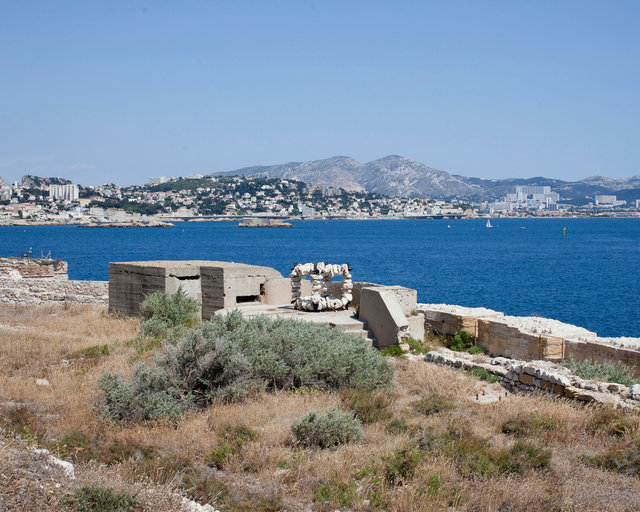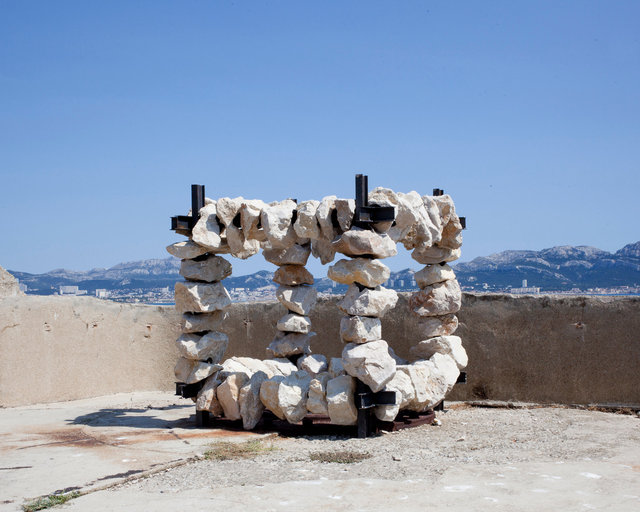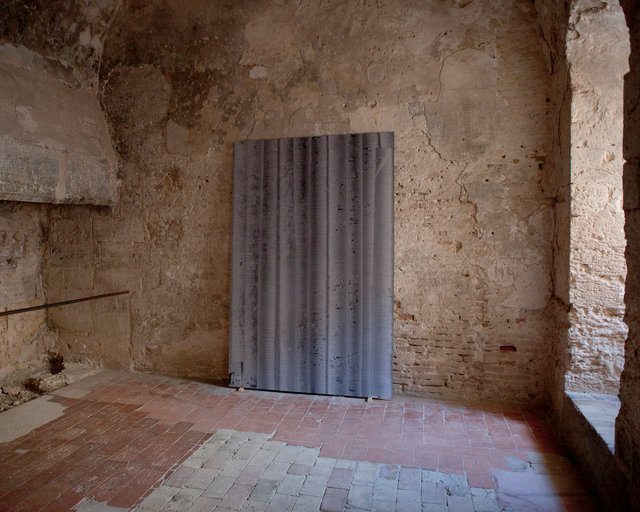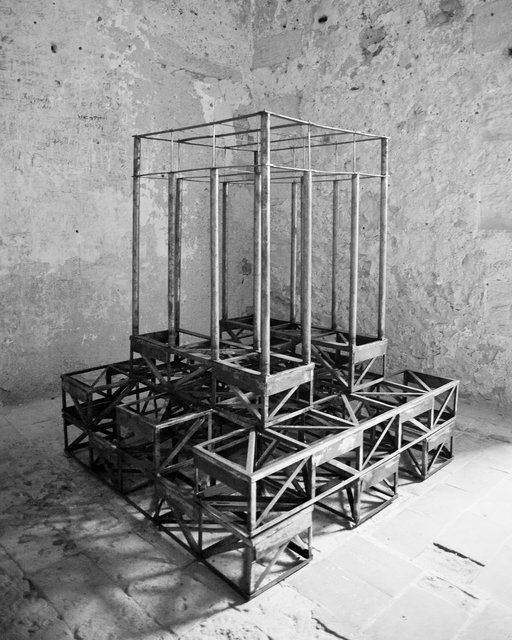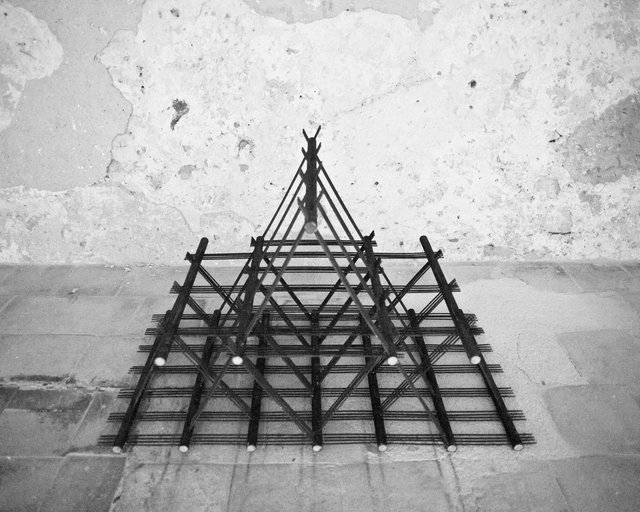
PRODUCTIVE STRUCTURES In the underwater landscape there are towns and villages, which are real architectures with their own town planning rules. Commonly called "artificial reefs", these elements often built of concrete are, within a few years, colonized by flora and fauna and that turn them into sculptures / living architectures. These "productive structures" are sometimes more efficient than the natural environment. Within the same site, they offer volumes and living areas corresponding to all the development cycle of different species. A complete and protected food chain can then set up. In Japan, the industrial level's production of these structures leads to the construction of entire cities and to "urban" submarine programs. During the time of their installation, these forms appear on harbours's wharfs and then disappear into the depths to begin their métamorphosis. The current project is at the crossroads of contemporary art and scientific research :1- To establish a classification of the different types of existing artificial reefs in the world, by constituting a database in volume in the form of an installation. 2- To establish a corpus of images which shows the reefs families in operating situation. That is to say, colonization patterns by wildlife. 3- To design and build reef sculptures whose forms meet the scientific and formal information gathered. These sculptures are not necessarily immersed, they have a dual destination: the exhibition space as a sculpture and the marine space as an ecological functional reef. This project, initiated in 2010, received the "support for artistic research" from the CNAP. It is run in partnership with researchers : Sylvain Pioch (University of Montpellier 3), Philippe Lenfant (University of Perpignan), and Yves Gerard Veron Hénocque (Ifremer), Francois Simard (IUCN), Sandrine Ruitton (MIO), Hideyuki Takahashi (NRIFE).
